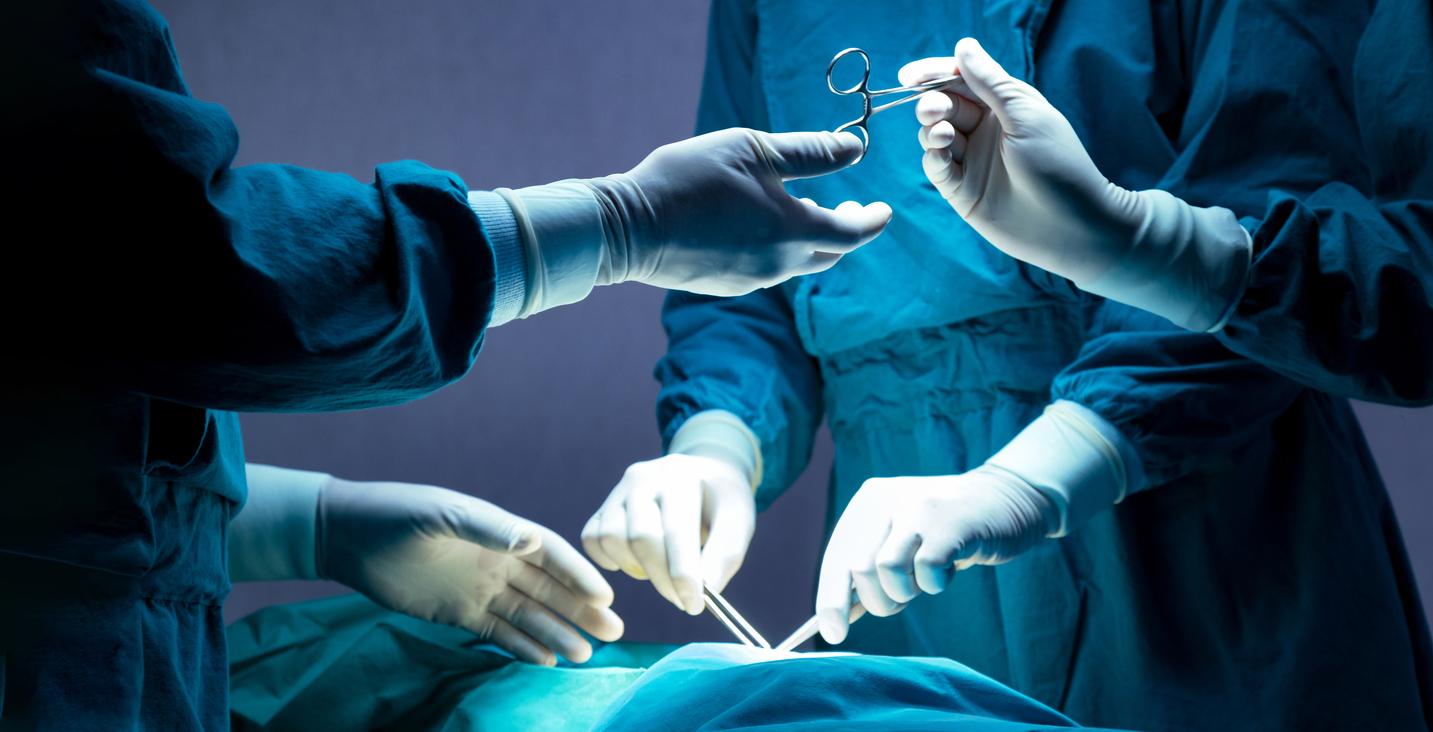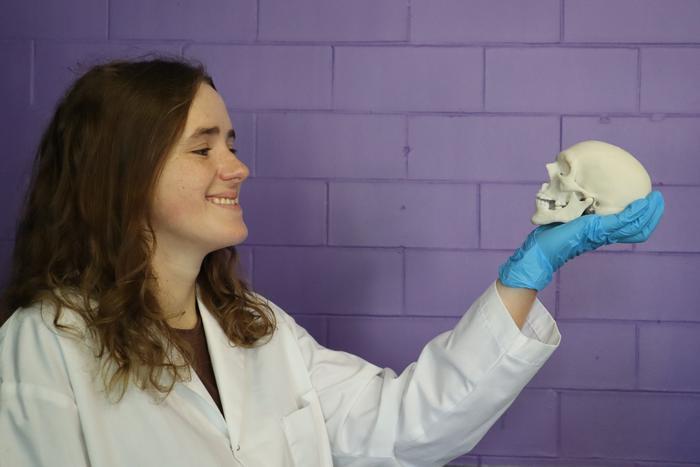Surgeons have succeeded in recreating an ear from human cells, using a 3D printer.

- Microtia affects around 1,500 babies in the United States each year.
- The implant created from the cartilage of a patient’s ear is an operation considered less invasive by the surgeon than current treatments.
This is a first: a medical team has succeeded in creating an ear implant from the human cells of a patient suffering from microtia, an anomaly of the external part of the ear has not or not completely developed .
An implant created from human cells…
On one side of her face, this patient therefore had a normally formed ear, but on the other, she was missing the outer part. To recreate her, the doctors therefore decided to graft her an implant but, for the first time, it was created from her own cells.
…those of the cartilage of the ear
More specifically, it was the cartilage cells of his ear that were used. But the researchers only collected a small amount, which they then cultured to get more.
A 3D printer to make the implant
Once the necessary quantity was obtained, a 3D printer manufactured the organ. Beforehand, a 3D impression of the patient’s other – fully developed – ear was taken. Finally, the last step, the transplant of this implant which went well.
“I am excited about this technology”
“As a doctor who has treated thousands of children with microtia across the country and the world, I am excited about this technology and what it could mean for patients and their families.”, estimates Arturo Bonilla, surgeon of the operation and founder of an institute specialized in the treatment of this malformation, in San Antonio in Texas, in a communicated.
A clinical trial conducted in the United States
This was the first operation in a clinical trial conducted in the United States to test the effectiveness of such an implant, named AuriNovo, for people with microtia. A total of eleven people are expected to attend.
An implant to replace current treatments
“This study will allow us to investigate the safety and aesthetic properties of this novel ear reconstruction procedure using the patient’s own cartilage cells.explains Arturo Bonilla, who hopes that this implant could replace, in the long term, the current methods of surgical reconstructions of the ear “which require the removal of costal cartilage (on one side) or the use of implants using a substance called porous polyethylene”.

















